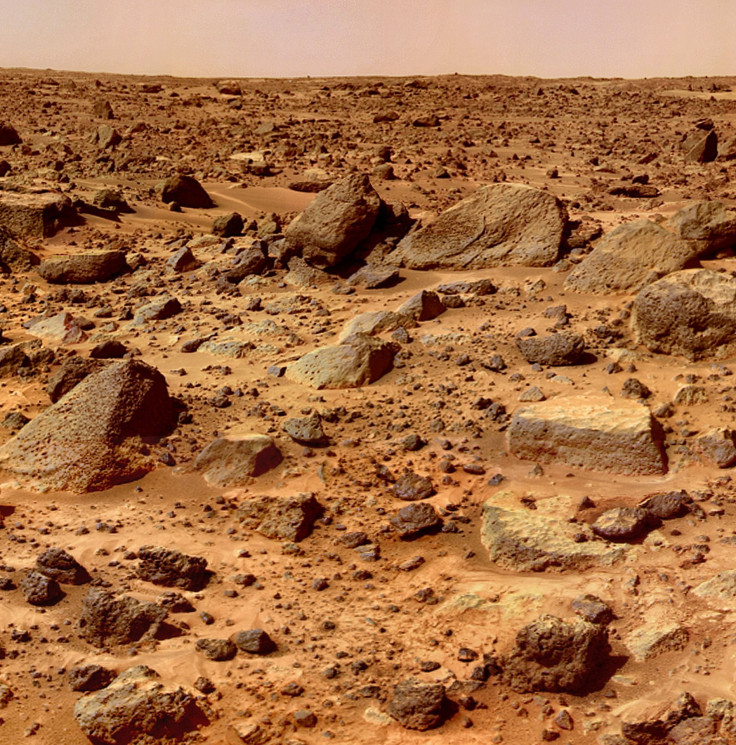Now Showing: ESA Shares 'Movie' Of The Historic First Livestream From Mars [Watch]
KEY POINTS
- The livestream was "as close to real-time as the speed of light would allow"
- The "movie" of the livestream shows some interesting features on Mars
- Rain in Spain led to a short gap in the middle of the movie
The European Space Agency (ESA) recently made history by providing the first-ever livestream from the Red Planet. Those who missed it need not worry, however, because the agency has just released the resulting "movie" from the livestream.
The ESA conducted the livestream on June 2. This was to celebrate the 20th "birthday" of its Mars Express spacecraft, which has been investigating Mars and its moons for the past two decades.
The livestream took about an hour, showing footage beamed back to Earth straight from the Visual Monitoring Camera (VMC) aboard the spacecraft. It showed new images approximately every 50 seconds. Although it wasn't quite as "live" as livestreams are here on Earth, it was "as close to real-time as the speed of light would allow," the ESA said.
Now, the ESA has released a "movie" of the historic livestream, condensing the hour-long video into just a few seconds-long gif. One might notice a little gap in the middle of the movie, wherein Mars appears to skip a few steps in its journey. This, the ESA explained, was due to the rain at its ground station in Spain, which caused them to lose some of the data during the livestream.
"From polar ice caps to Martian clouds, all made possible by a very unique orbital opportunity despite rain in Spain doing its best to spoil the view. It was the most real-time, motion view of Mars, ever," the agency wrote on Twitter.
First Mars livestream: the movie.
— ESA Operations (@esaoperations) June 7, 2023
From polar ice caps to martian clouds, all made possible by a very unique orbital opportunity despite rain in Spain doing its best to spoil the view. It was the most real-time, motion view of Mars, ever.#MarsLIVE🔴👉 https://t.co/lU9wJUR0OS pic.twitter.com/EgOlCwGq2E
In it, one can see Mars moving into the view of the spacecraft. Its iconic reddish hue is quite apparent in the footage although about half of it is shrouded in shadow. It also shows some interesting features.
"The South Polar cap is apparent in these images, close to the polar night, while the Arsia Mons volcano is present on the left side of the planet," Jorge Hernández Bernal of the VMC team explained in the ESA release. "Orographic clouds are also common during this season, and form as the atmosphere flows up mountains and volcanic slopes."
Funnily enough, the agency also shared the photo from the moment that the visuals returned after that gap. This wasn't apparent in the movie, but it was a moment that was captured in the livestream. Quite like a fine piece of artwork, the ESA aptly calls it "Mars, scrambled."
Here was the moment when visuals returned. A #MarsLIVE highlight, that we're calling "Mars, scrambled."
— ESA Operations (@esaoperations) June 7, 2023
Why on Earth, did this happen?👉https://t.co/A5TAUtnOkd#SpaceArt#Dada pic.twitter.com/VJOFN2Db8l
The livestream took months of hard work from the engineers and scientists behind the spacecraft and required the right circumstances to work. Not only was it a fitting way to celebrate the anniversary of the Mars Express, but it also gifted the world with a rather special first in space history.

© Copyright IBTimes 2024. All rights reserved.






















